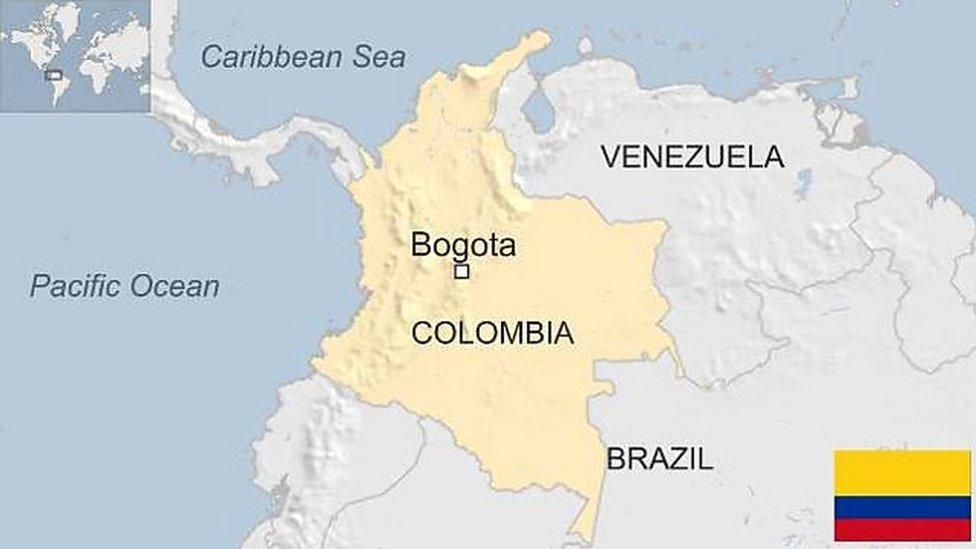Panama country profile
- Published
This page is no longer being updated. It was last updated on 8 January 2025

Lying at the crossroads of the North and South American continents and the Atlantic and Pacific oceans, Panama is of immense strategic importance.
This has made it the frequent object of US attention. The United States supported its secession from Colombia in 1903, and secured a sovereign zone in which to build the Panama Canal - which remained under US control from 1914 until 1999.
The US invaded in 1989 to depose a former ally, military ruler Manuel Noriega, over his repressive rule and use of the country as a centre for drug trafficking.
Panama has the largest rainforest in the Western Hemisphere outside the Amazon Basin.
However, it is for a feat of engineering, the canal connecting the Atlantic and Pacific oceans, that Panama is famous. Every year some 15,000 vessels use the Panama Canal - about 5% of global maritime trade and 40% of US container traffic.
However, recently the canal has been hit by drought, as the canal region is receiving less rainfall than normal. It has introduced water-saving measures, meaning fewer ships can pass through each day.
Read more country profiles, external - Profiles by BBC Monitoring, external
REPUBLIC OF PANAMA: FACTS
Capital: Panama City
Area: 75,417 sq km
Population: 4.5 million
Language: Spanish
Life expectancy: 73 years (men) 80 years (women)
LEADERS
President: José Raúl Mulino

Former security minister José Raúl Mulino was elected president in May 2024. He originally ran for vice-president but stepped into the presidential race late after his running mate Ricardo Martinelli was disqualified for a money-laundering conviction.
Mr Mulino, a conservative, campaigned on a promise to "close" the Darién Gap, a stretch of jungle crossed yearly by hundreds of thousands of migrants.
He faces the challenge of how to make good on his promise to halt migration but also tackling the drought which has hampered Panama Canal operations.
In December 2024, President Mulino denied a claim by US president-elect Donald Trump there were Chinese soldiers stationed at the canal, calling it "nonsense" and said there was "absolutely no Chinese interference".
He also rejected the possibility of reducing tolls for US ships or ceding control of the canal.
MEDIA
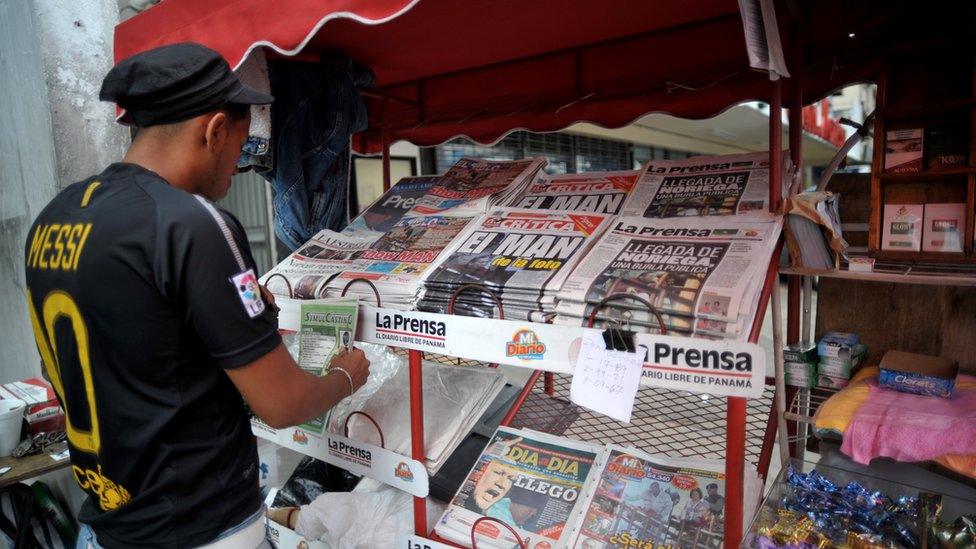
Press freedom is protected by the constitution and journalists work in relatively safe conditions.
Most media outlets are privately owned. There are no restrictions on internet access.
TIMELINE
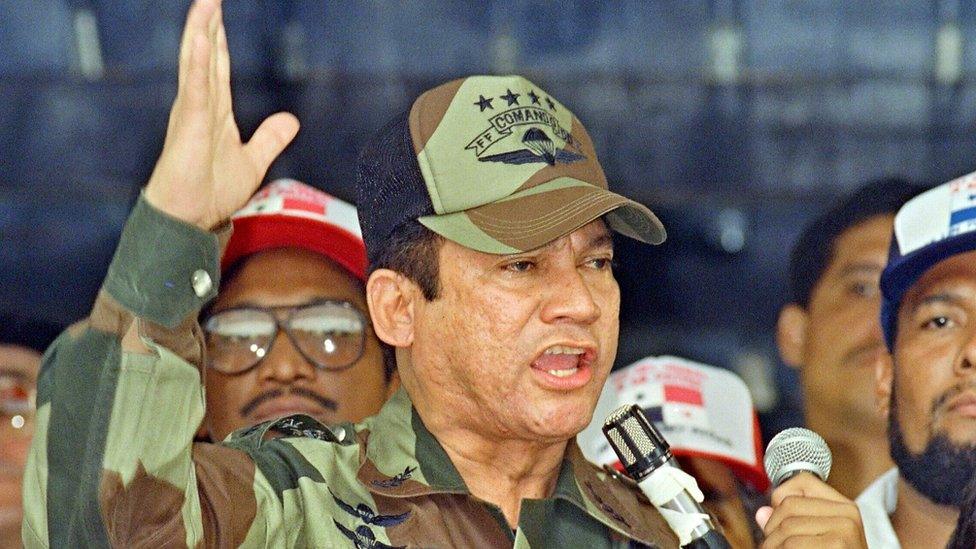
The US invaded and removed strongman Manuel Noriega before jailing him for drug trafficking
Some key dates in the history of Panama:
2500-1700 BC - Panama sees some of the first pottery-making in the Americas.
1502 - Spanish explorer Rodrigo de Bastidas visits Panama, which is home to Chibchan, Chocoan, and Cueva and other indigenous peoples.
Due to diseases such as smallpox, the indigenous population falls dramatically in the years following European settlement.
1513 - Following Vasco Núñez de Balboa's trek across the isthmus from the Atlantic to the Pacific, showing it is a bridge between the oceans.
1519 - Pedro Arias Dávila founds Panama City, which quickly becomes the marketplace of Spain's empire as gold and silver are brought by ship from South America up the Pacific coast, transported across the isthmus, and loaded aboard ships for Spain.
1671 - The privateer Henry Morgan, licensed by the English government, sacks and burns Panama city, then the second most important settlement in the Spanish New World.
1698 - Darien scheme, a failed attempt by Scotland to establish a colony in the region. The ensuing debt contributes to the union of England and Scotland in 1707.
1821 - Panama becomes independent of Spain, but joins the confederacy of Gran Colombia, which also comprises Colombia, Venezuela, Ecuador, Peru and Bolivia.
1831 - Panama becomes part of Colombia following the collapse of Gran Colombia.
1880s - France attempts to build a canal linking the Atlantic and Pacific oceans, but fails due to financial difficulties and the death of more than 20,000 workers from tropical diseases.
1903 - Panama splits from Colombia and becomes fully independent. US buys rights to build Panama Canal and is given control of the Canal Zone in perpetuity. The canal is completed in 1914.
1964 - Some 22 Panamanians and four US soldiers are killed in three days of anti-US riots over sovereignty of the Panama Canal Zone.
1968 - National guard seizes power. The military bring in social reforms, expanding social security, education and carrying out land redistribution.
1977 - US President Jimmy Carter agrees to the gradual handover of Panama Canal to Panama. The US reserves the right to use military force in defence of the canal against any threat to its neutrality
1981 - Leader Omar Torrijos dies in a plane crash. General Manuel Antonio Noriega subsequently takes over as Panama's leader.
1989 - US invades and ousts Gen Noriega.
1991 - Parliament approves constitutional reforms, including abolition of standing army.
1999 - Panama takes full control of the Panama Canal, ending nearly a century of US jurisdiction.
2023 - Nationwide protests lead to the cancellation of a new long-term contract awarded to First Quantum Minerals for Cobre Panamá, the region's largest open-pit copper mine. Following a Supreme Court ruling, the government agrees to close the mine completely.
2025 - Panama insists its sovereignty over the Panama Canal is "non-negotiable" after US President-elect Donald Trump refuses to rule out military force to seize it, and says handing it over to Panama was "a big mistake".

Global artery: The Panama Canal allows trade to pass between the Atlantic and Pacific oceans
Related topics
- Published15 January 2024
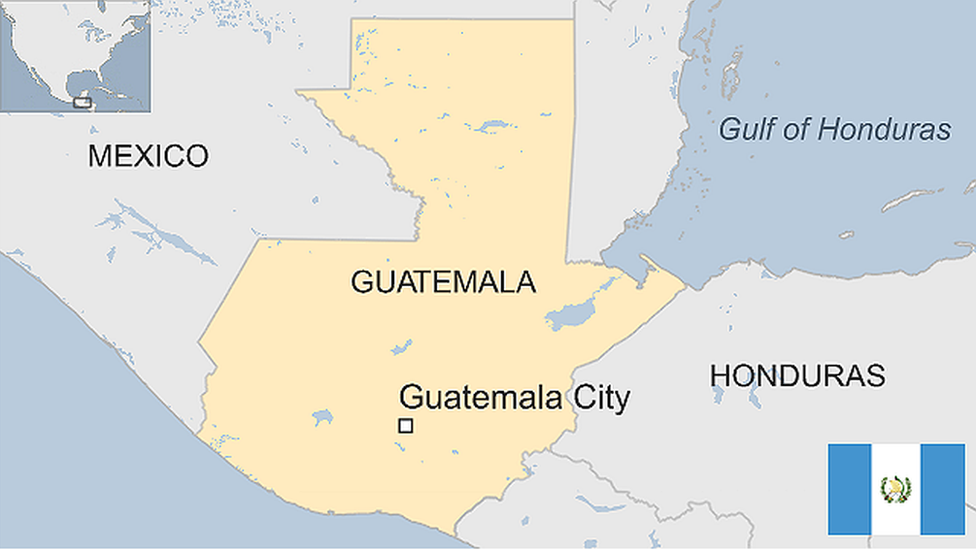
- Published9 July 2024
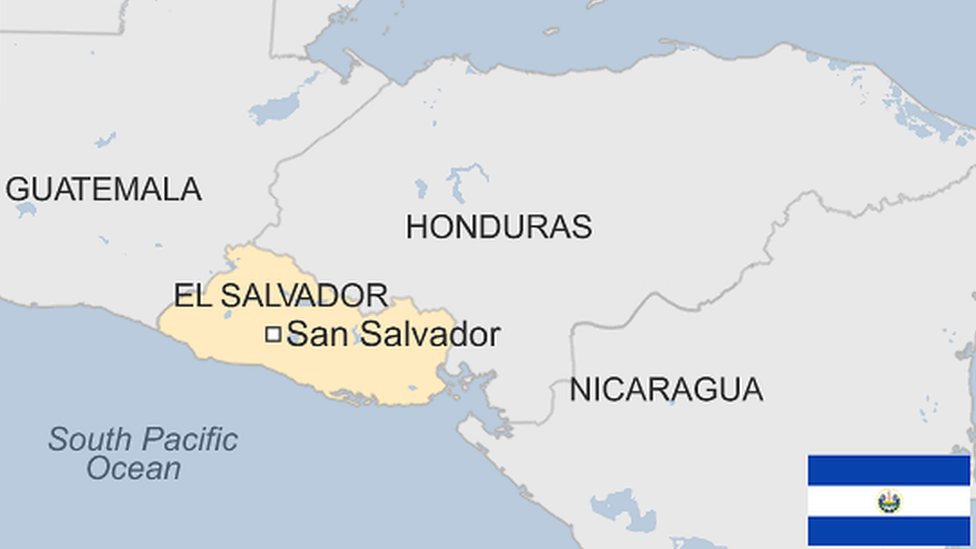
- Published31 March 2023

- Published31 December 2024
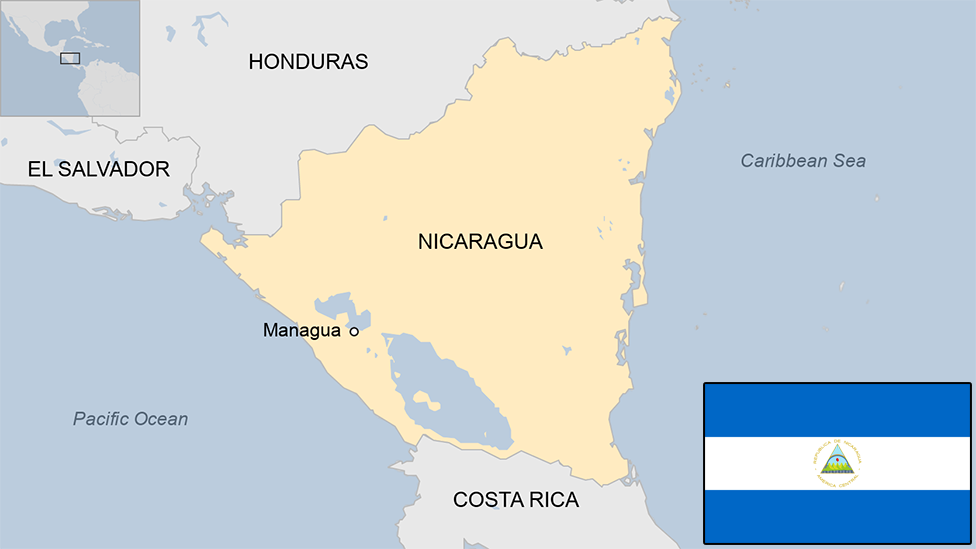
- Published31 March 2023
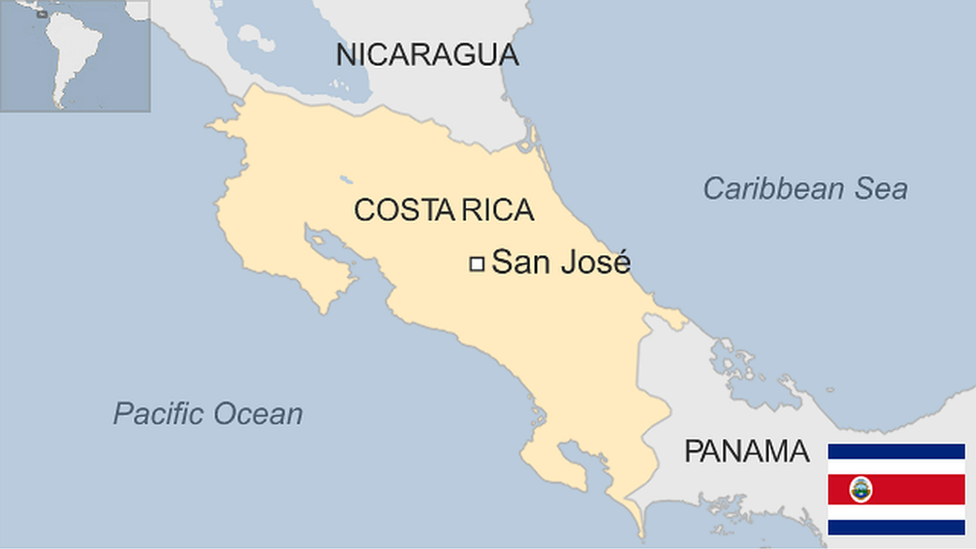
- Published14 February 2023
